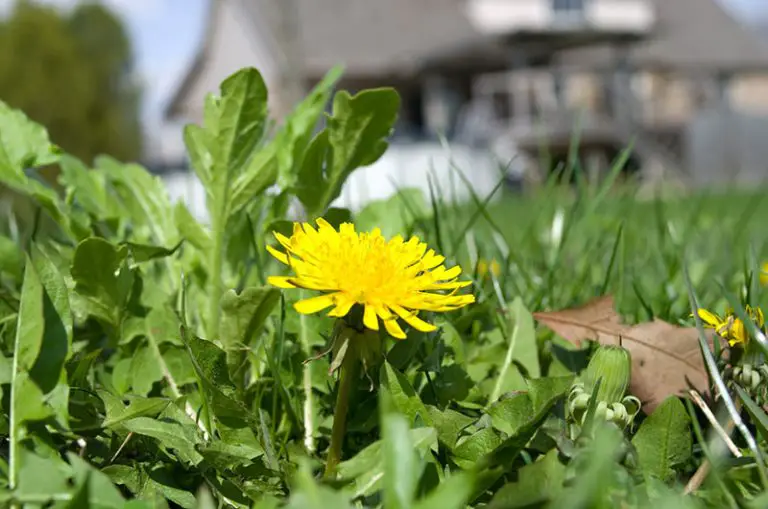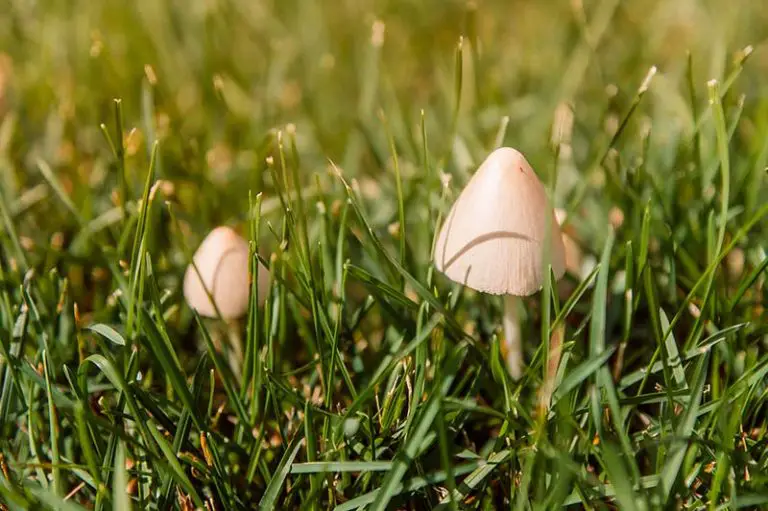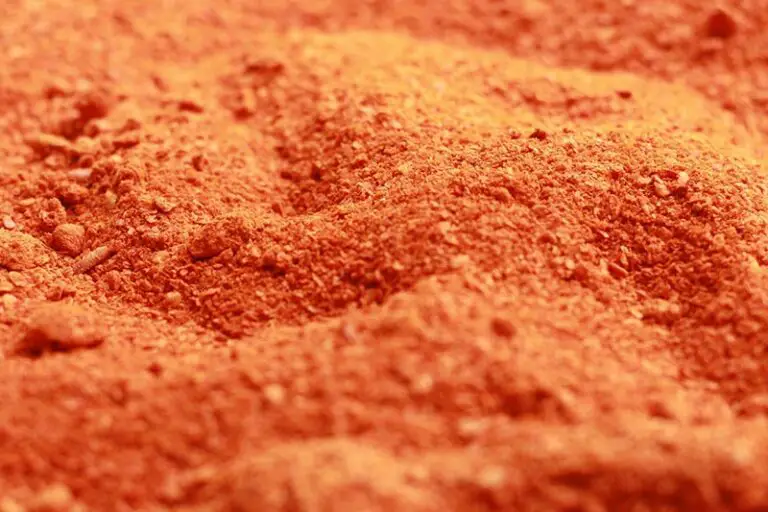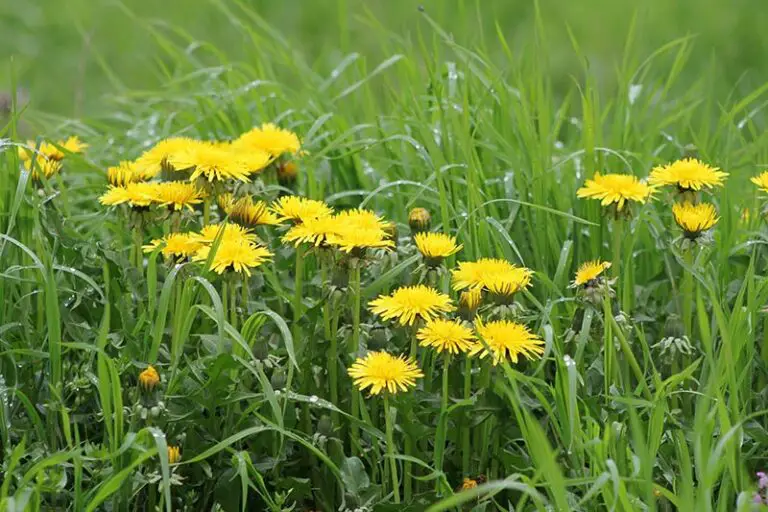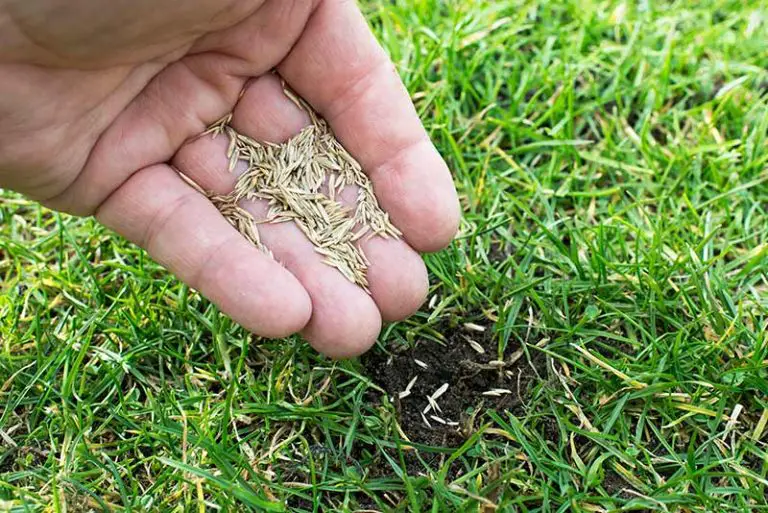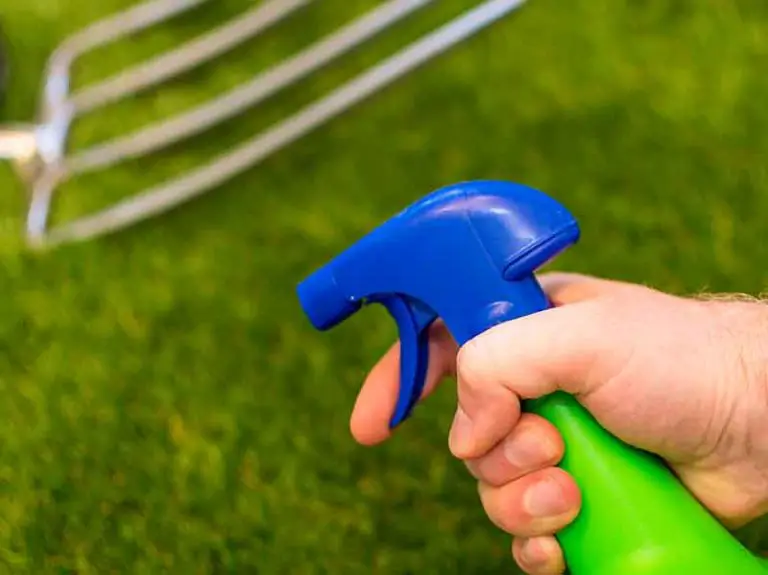Keep Unwanted Grass Out of Flower Beds
Wild violets are one of the many weeds with purple flowers that you may come across in your lawn or garden beds. These plants are non-toxic to humans and pets, and attractive to beneficial insects and pollinators. However, wild violets are often considered a lawn weed due to their invasive and aggressive growth habit.
There are two main methods to get rid of wild violets in a lawn without harming the surrounding grass; either by hand-pulling or treating them with a chemical herbicide. To get rid of wild violets naturally, you can pull the weeds by hand in the spring while they’re young. For more severe infestations of mature wild violet weeds, it may be necessary to use a chemical herbicide in the fall.
What are Wild Violets?
Wild violets are a flowering plant in the same family as pansies and annual violas. Thriving in shady, moist soils, wild violets are low-growing broadleaf perennials that flower prolifically in the early spring.
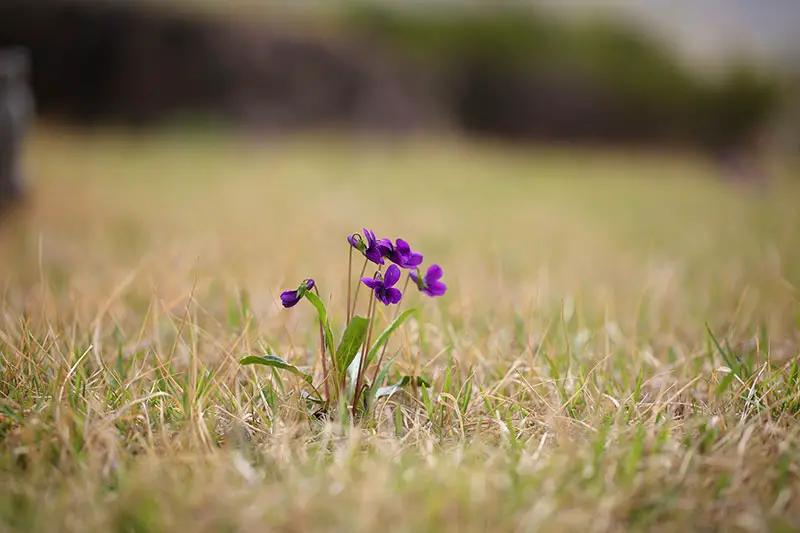
Wild violets have an invasive and aggressive growth habit. They spread using rhizomes; these are underground stems that grow horizontally, producing new shoots and seeds, allowing the wild violets to multiply rapidly. They have developed this ability to self-pollinate, meaning they’re able to spread without the help of pollinating insects. Despite this, wild violets are still a highly attractive plant to many pollinators like bees and butterflies.
Are Wild Violets a Weed?
To many homeowners, wild violets are a weed. By definition, a weed is any plant that grows invasively where it isn’t wanted. If you have wild violets in your lawn or garden growing unintentionally then you could certainly consider them as weeds.
Thanks to their aggressive nature, wild violets can quickly take over a struggling lawn or planting bed with bare soil. Their ability to self-seed and pollinate allows wild violets to spread voraciously if left uncontrolled. These invasive plants can ruin the aesthetics of an otherwise manicured lawn; they can also compete with your turfgrass for water and nutrients, stealing these precious elements from your grass plants.
Are Wild Violets Edible?
Yes, wild violets are edible. You can safely eat both the leaves and flowers of these plants. With that said, violets aren’t safe for consumption if they’ve come into contact with chemical treatments like fertilizer or pesticides.
The leaves of wild violets are high in nutrients like vitamins A and C. In Europe, wild violet leaves are a common addition to salads, or consumed as cooked greens in soups or stews. The flowers of wild violet are too used in salads, or alternatively, they can be candied, made into syrup, jelly, tea, or liquor, or added to infused honey.
On top of their culinary uses, wild violets also have medicinal properties for humans. The medicinal uses of wild violets include it being an antioxidant, anti-inflammatory, and blood cleanser. Many use wild violets as a cough and cold remedy, making the leaves into a cough syrup. You can also use wild violets as a topical treatment for skin ailments like dry skin, eczema, varicose veins, and bug bites.
Are Wild Violets Poisonous to Dogs?
No, wild violets are not poisonous to dogs. These plants are non-toxic to humans, dogs, and cats. So, if your pet accidentally gets a mouthful of wild violets, you don’t need to worry.
Identifying Wild Violets
Whether treating or eating them, you must first identify the wild violets to confirm they’re the plant you’re dealing with. There are many types of weeds with purple flowers that can be mistaken for wild violets.
Wild violets typically grow low to the ground, ranging from 2 to 12 inches tall in height. They grow heart-shaped, scallop-edged leaves that have a waxy coating. The flowers of wild violet come in a variety of colors ranging from light blue to shades of deep purple. Looking closer to the soil, you will also see the rhizomes of wild violet; these look like fleshy roots, only they grow horizontally rather than vertically in the ground.
When is the Best Time to Get Rid of Wild Violets?
The best time to get rid of wild violets depends on the extent of the infestation and the method you’re using to remove them.
If using a chemical treatment, the best time to get rid of wild violets is in the fall. At this point in their growing season, wild violets are busy taking up nutrients to store and survive from over winter. Adding a herbicide during this period means that the wild violets will readily take the treatment up through their taproot.
Timing the treatment in this way will ensure that the herbicide kills the wild violets down to the root level. If you attempt to kill wild violets with herbicide in the spring or summer, the treatment may not be as effective; it may only kill off the surface growth of the weeds, leaving the roots unaffected. New plants will then be able to regrow from the remaining roots beneath the soil.
If you intend to pull them by hand, it may be better to get rid of wild violets in the spring. Hand-pulling is easier and more effective when the plants are young and yet to fully establish themselves. In the spring, wild violets are at the very beginning of their growth season; this is why hand-pulling is easiest when carried out earlier in the year.
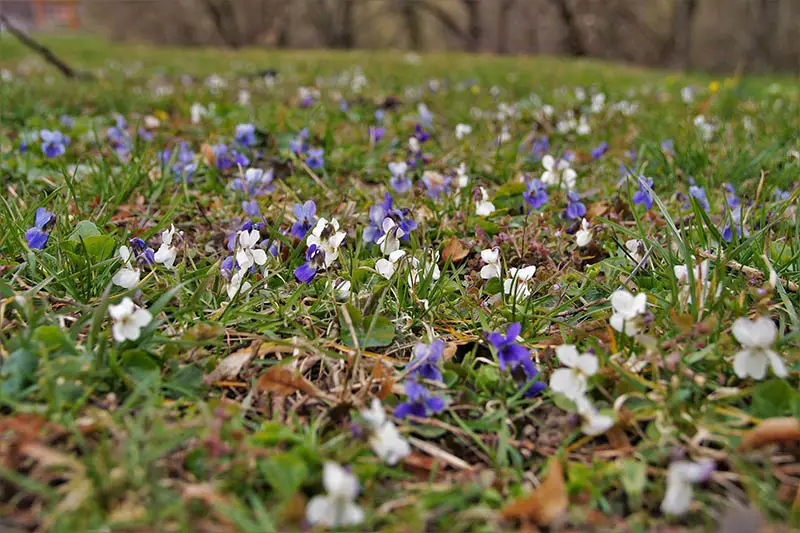
How to Get Rid of Wild Violets in Lawn By Hand
You can get rid of wild violets naturally by hand-pulling in the spring. This method is most effective on smaller infestations of the weeds that have yet to fully establish themselves.
1. Put on Protective Clothing
Put on a pair of thick gardening gloves to cover your hands during the hand-pulling process. This is simply for your comfort as wild violets are non-toxic and do not cause irritation on contact.
2. Water Affected Areas of Lawn
Before you start pulling, give the affected areas of your lawn a thorough watering. This will soften the soil, easing the labor involved in the hand-pulling process. It will also prevent parts of the weeds’ roots breaking off in the soil from which new plants would be able to grow. Use a garden hose to soak the area, then wait half an hour before continuing with the next step.
3. Pull Young Wild Violets
For the smaller, younger growth, you can get straight to pulling. The younger wild violets have shallow root systems that usually pull out of the soil with ease. Grasp the main stem of the plant, then pull it slowly but firmly out of the soil. Keep an eye out for any parts of the root system that break off upon removal.
4. Dig Up Established Wild Violets
For more established, larger clumps of weeds, you’ll need to do some digging to get the whole root system out. Use a garden fork or trowel to dig alongside the taproot of the wild violets; once you’ve worked your tool into the soil, lift up the entire plant and its root system.
5. Dispose of the Wild Violets Appropriately
Once you’ve removed all of the wild violets in your lawn, you must dispose of the plant matter appropriately. Avoid placing the weeds onto your compost pile as this will only reintroduce them to your yard when you use the compost. If they’re untreated with fertilizer or pesticides, you could use the wild violets for cooking or medicinal purposes. Otherwise, throw out the weeds using the appropriate method of plant matter disposal in your area.
How to Kill Wild Violets in Lawn with Herbicide
For severe or established infestations, it’s more effective to kill wild violets in a lawn using a chemical herbicide. As we’ve explained, it’s best to use chemical herbicides on wild violets in the fall.
1. Purchase a Suitable Weed Killer
The first step is to purchase a suitable herbicide to kill the wild violets. There are two types of herbicides on the market; either selective herbicides or non-selective herbicides. As you’re treating wild violets in your lawn, it’s best to buy a grass-safe weed killer that won’t harm your turf. Selective herbicides are designed to kill certain plants while leaving others unaffected; these products are therefore the best types of weed killer to use on an infested lawn. Purchase a grass-safe selective herbicide designed to kill broadleaf weeds like wild violet.
2. Add Dish Soap to Weed Killer
You can improve the effectiveness of your weed killer by adding in a tablespoon of dish soap. As an ingredient in lawn treatments, dish soap acts like a surfactant; it helps the product stick to the plants’ foliage. This is particularly beneficial when treating wild violets as their waxy leaves can cause the herbicide to run off. With a surfactant, the extended contact of the herbicide on the leaves will improve its efficacy greatly.
3. Put on Protective Clothing
Put on protective clothing including gloves, long pants and sleeves, and safety goggles. This is for your protection against the harsh chemicals in the herbicide.
4. Treat the Wild Violets with the Herbicide
Before beginning with the treatment, read the label of your chosen product carefully for its safety and application instructions. Apply the treatment to your lawn as per the guidance on the label. Remember to keep kids and pets off the lawn for as long as the label states is necessary.
5. Monitor the Wild Violets
Over the weeks following treatment, monitor the wild violets in your lawn. The growth should begin to turn brown and die off within 2 to 3 weeks. Once the herbicide kills the wild violets completely, remove the dead plants by hand.
6. Repeat Treatment if Necessary
It may be necessary to treat the lawn with herbicide multiple times before you eradicate the infestation entirely. If some of the wild violets remain two weeks after treatment, repeat the previous steps to kill the surviving weeds. It’s also possible for wild violets to survive over the winter and crop up the following spring; again, repeat the treatment if this is the case the following season.

